Home > Design lighting
Home > Design lighting
Scandinavia Design distributes the leading Scandinavian design lighting brands (Louis Poulsen, Artek, Gubi, Muuto, Hay, Ferm Living...) as well as French (DCW éditions, Serge Mouille, Petite Friture...) and international (Flos, Vitra, Moooi...) brands.
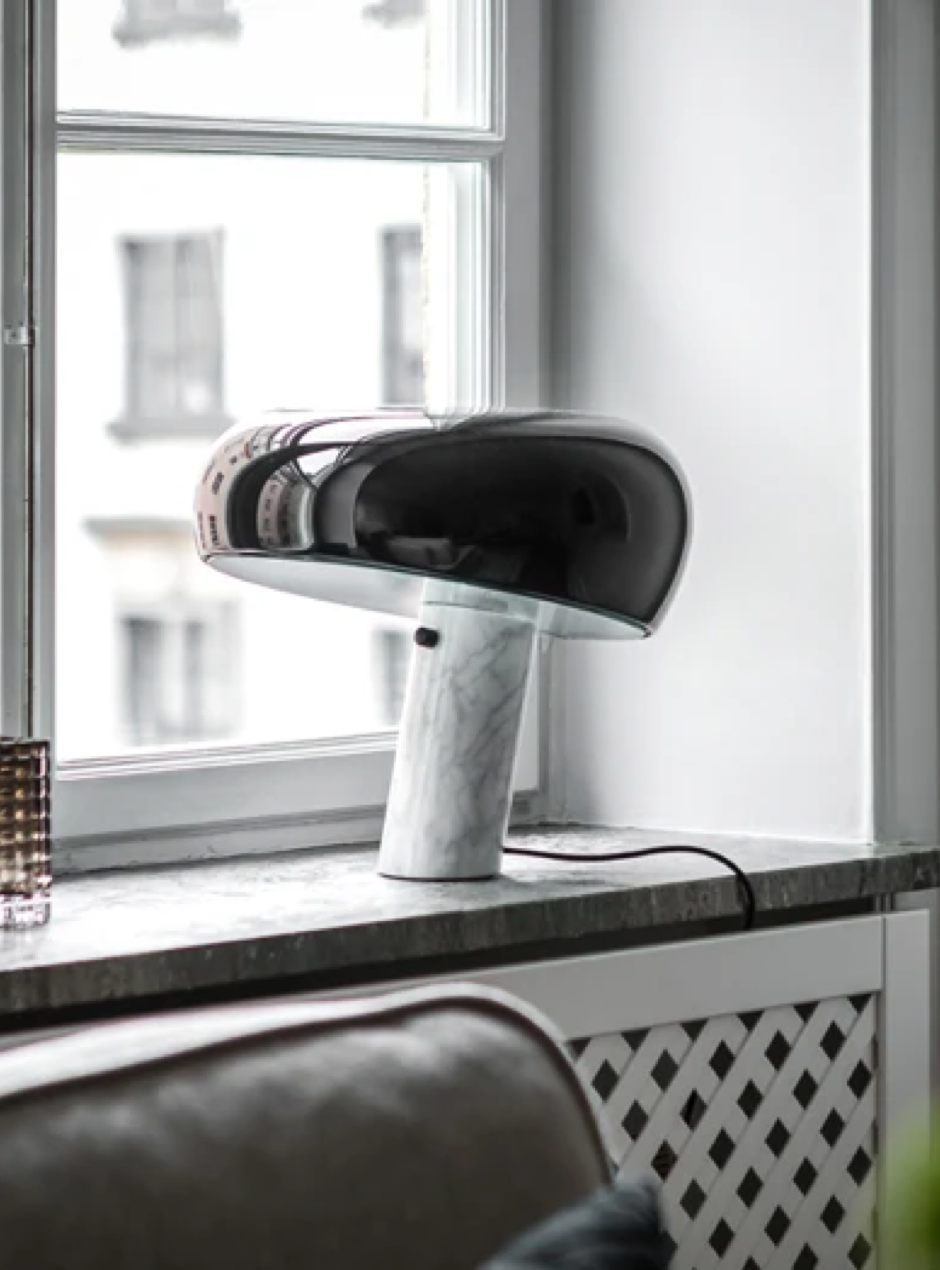
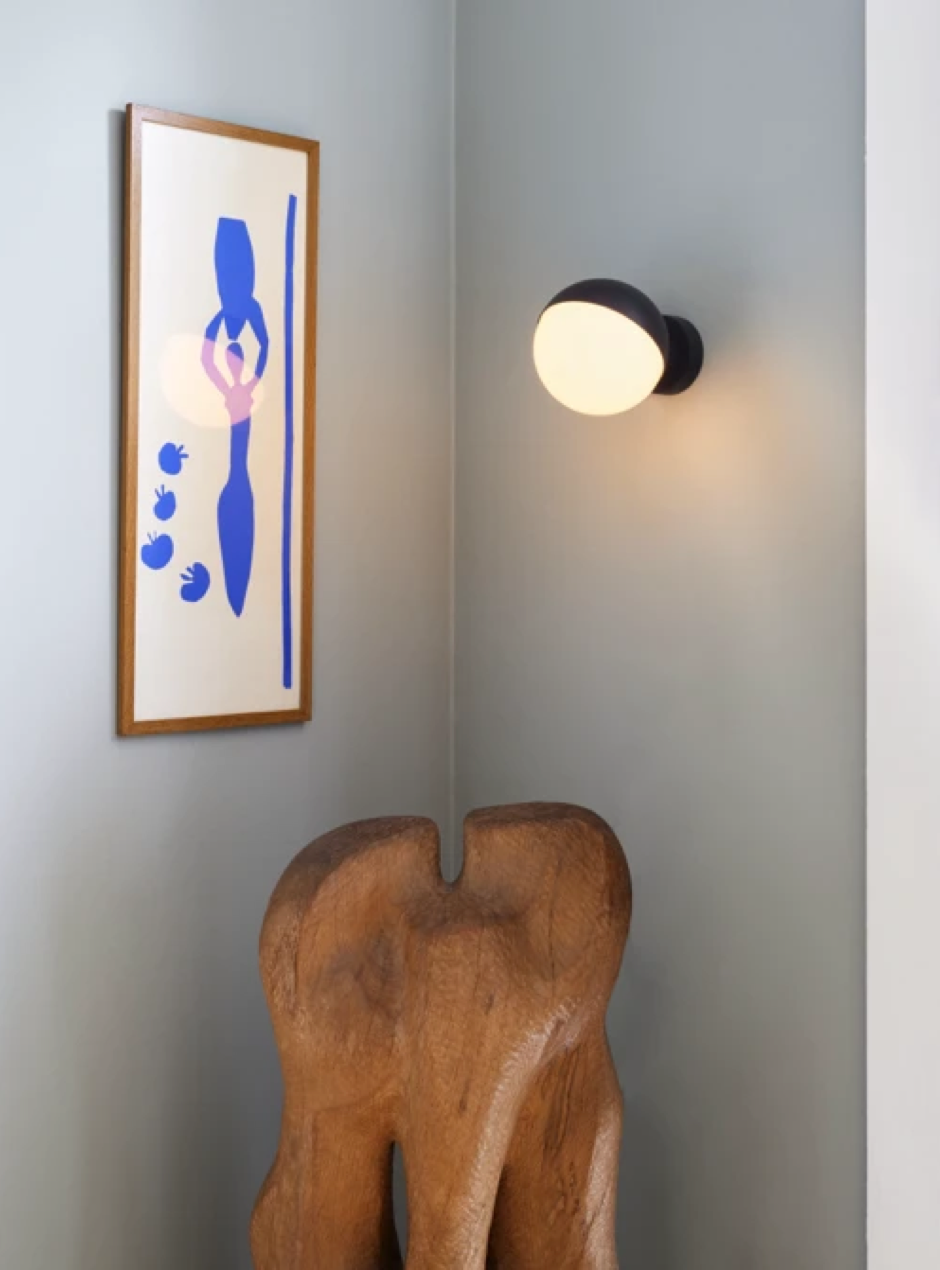
In Scandinavia, lighting is of particular importance due to the long winter darkness, and very early on, a particular know-how was developed to master the art of lighting rooms without dazzling or overwhelming the space. Rather than a single, powerful center of light, Scandinavian design favors a multiplicity of sources and differentiated lighting atmospheres.
On this site, you'll find a wide range of designer lighting fixtures, from pendant lamps to floor lamps, wall lights, outdoor lights and table lamps. Beyond their diversity, all these luminaires testify to the same concern for design, lighting quality and workmanship.
We've divided our lighting products into six main categories: pendant and ceiling lamps (which hang from the ceiling), floor lamps (which stand on the floor), wall lamps (which are fixed to the wall), table lamps (which some people call "table lamps"), cordless lamps (which can be taken anywhere) and outdoor lamps (which light up gardens).
For some particularly well-stocked categories, such as pendant lamps, we've created sub-categories by material and period. Feel free to explore and move around these categories, which we've tried to make as inspiring and fun to browse as possible.
Better than any other European people, Scandinavians know how fundamental light is to human existence: it shapes the way we live and feel. Learning to choose lights and skillfully place them in an interior can dramatically improve the experience of the spaces we inhabit.
Here are tips from Artek, the finish furniture and lighting company founded by famous architect designer Alvar Aalto in 1935.
Start by taking a close look at your interiors: some areas may be sufficiently lit, but do they have the atmosphere and quality of light that you’re looking for? Could you activate a left-over space, perhaps turning a dark corridor into a cosy reading corner?
Also, keep in mind that many different activities may take place in a particular location. Through the course of the day, your kitchen counter may start out as a breakfast bar, but then turn into a home office, and later be used for cooking, homework or a gathering of family and friends.
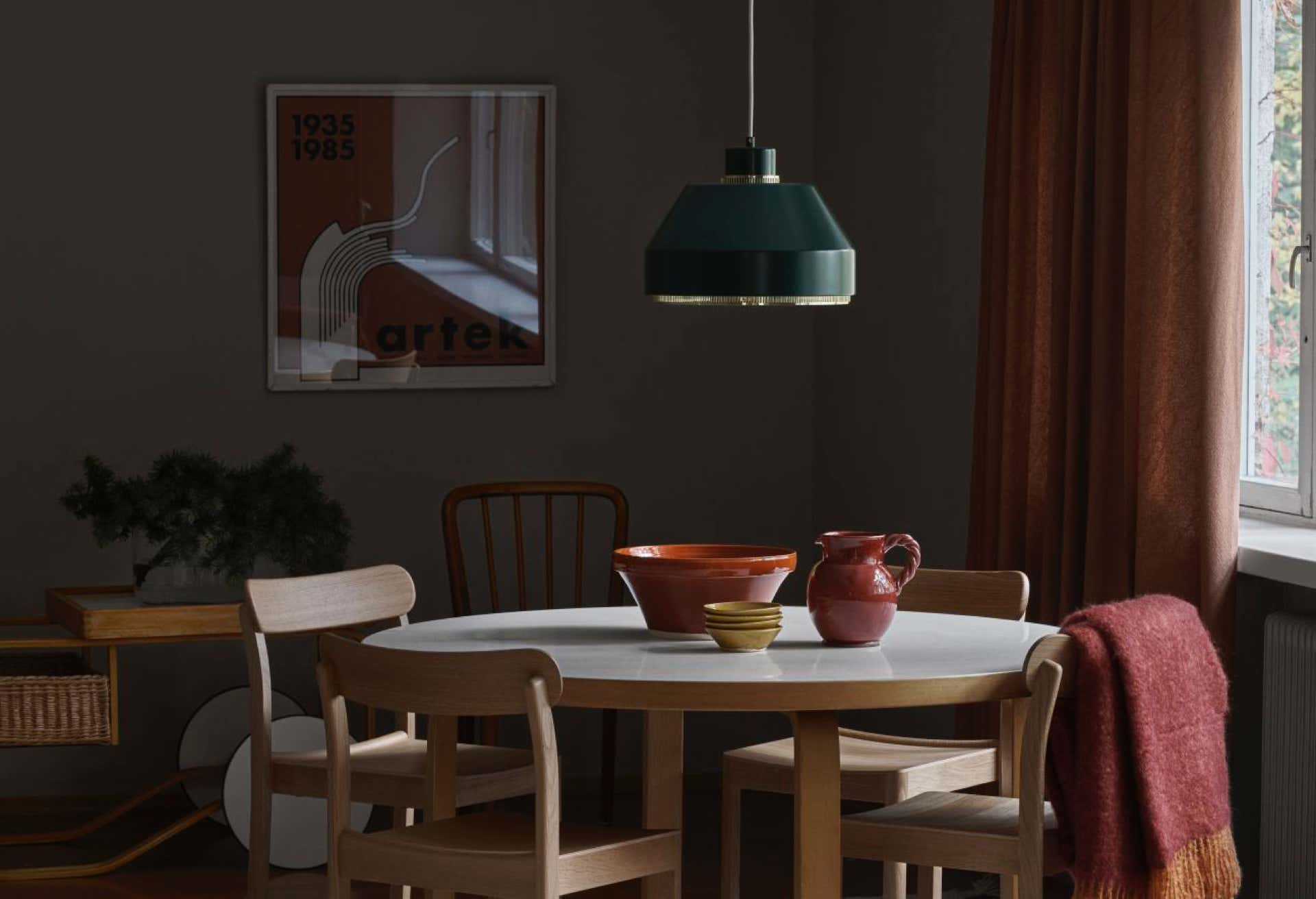
You should also consider your space’s dimensions. As a rule of thumb, rooms with low ceilings benefit from a combination of ceiling, wall and floor lights, while pendant lights can add a sense of structure to rooms with higher ceilings.
Zones – Large spaces can be broken down into smaller ones by the use of light. Creating zones with their own individual identities will help to increase the sense of generosity and variety in a room, and in your home as a whole. Islands of light in the centre of a space will attract the eye, making it seem smaller. By placing light fittings around the perimeter, you can make the room feel more spacious.
Vary Heights – To animate the entire spatial volume of your room, light fittings should be positioned at different heights. Take into account the heights of elements such as windowsills, furniture or built-in joinery to avoid unwanted overlaps and clashes when finalising the locations of your fittings. You should also take vistas across and in between rooms into account.
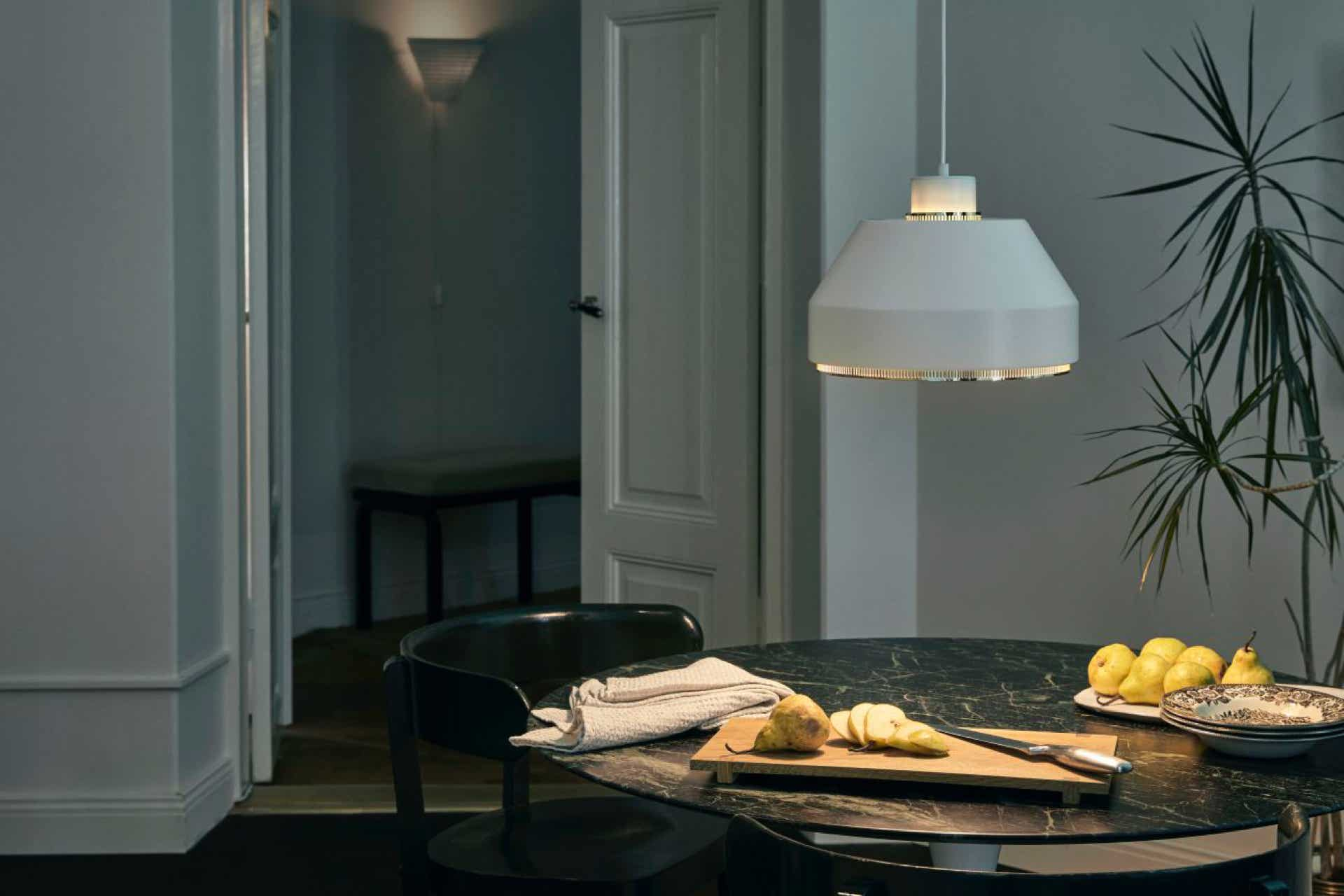
Play With Arrangements – It is worth trying out various arrangements when choosing the position of your light fittings. To illuminate a larger space or surface, several fittings may be lined up or grouped together. Alternatively, a cluster of lights can act as a sculptural presence, giving both structure and identity to a room.
A dramatic shadow can add a striking note to a room. And dappled light through a window can create a beautiful, shimmering pattern. But when too few fittings are used or when light is coming from only one direction, the room can seem small and lifeless. Instead, try to generate a lively play of light and shadow by building up your light from various sides and heights.
Control reflections – If handled with care, reflective materials can add a nice touch to a room. But, more often, reflections from surfaces such as polished table tops or marble kitchen counters create an irritating glare that becomes tiring over time. In these circumstances, use a soft, diffused light source or perhaps a mirror-headed light bulb. In addition, matt paint on surrounding walls will reflect light in a gentler and more even way than gloss paint.
The halo effect – Some lights – for instance Artek’s A110 ‘Hand Grenade’ or A330S ‘Golden Bell’ – have perforated rings or rims at the base of their shade. Designed to diffuse light and prevent glare, these create a beautiful circle of light around the fitting, known as the ‘halo effect’. To experience this elegant play of light and shadow, make sure to use clear glass bulbs – frosted or pearlescent ones will produce an attractive diffused glow, but will not cast shadows.
Choose the right light for the job – Most light fittings have been designed to suit a specific purpose: general luminaires spread ambient light across the entire room, while accent luminaires focus light on a specific object or area that you wish to highlight. Task luminaires are optimised to support an activity such as reading or working.
Understand the interplay of light – It is important to choose your fittings according to the light they emit, and not just on the way they look. The way that a luminaire casts light into space and onto surfaces can often have a much greater effect on your interior than its appearance alone.
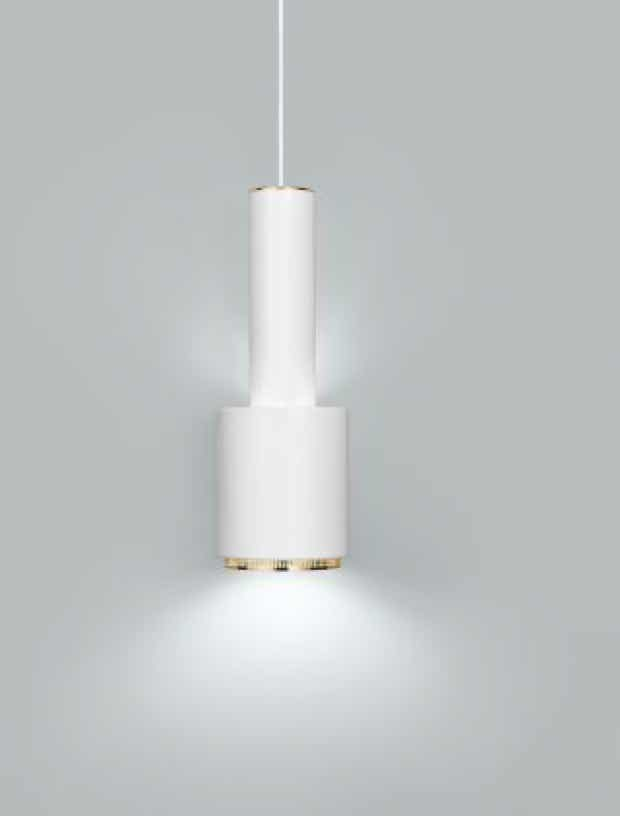
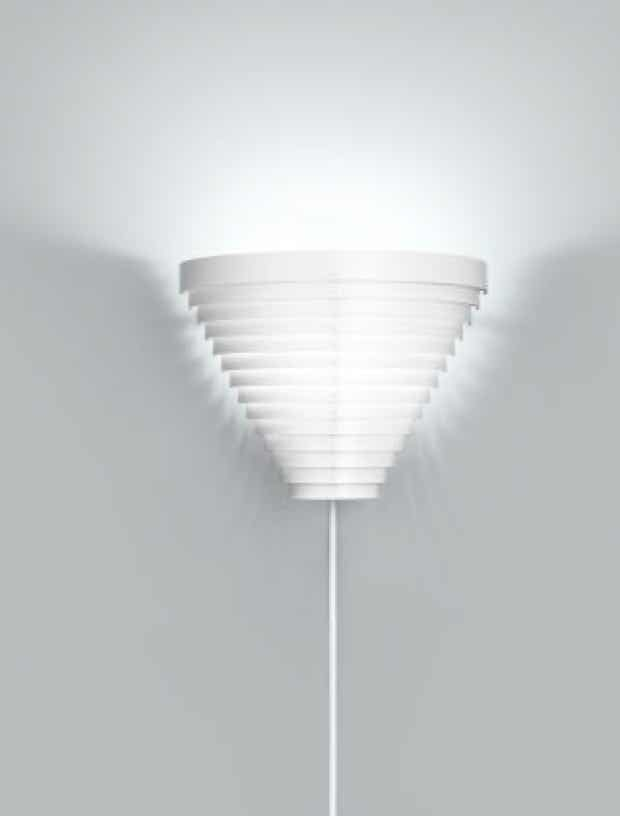
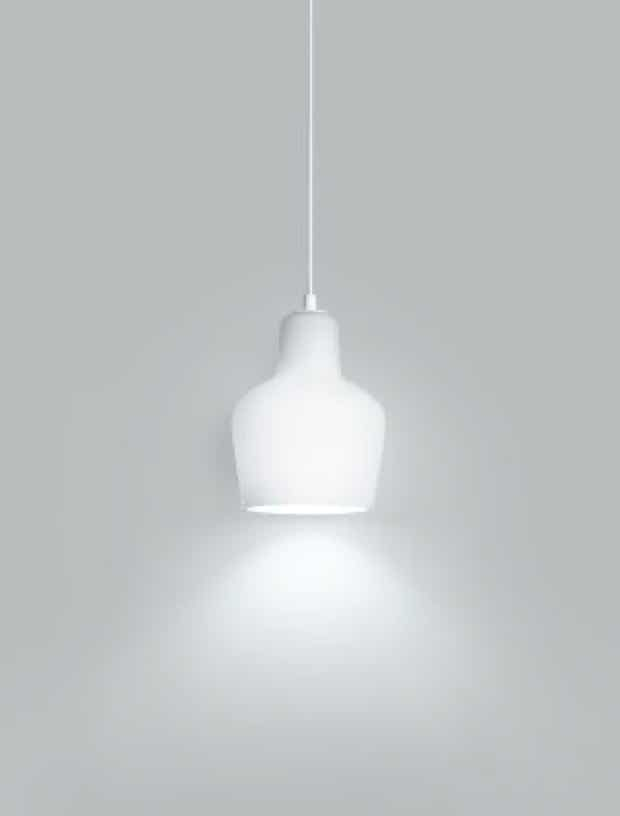
DIRECT LIGHT
Emitted in a clearly defined direction.
INDIRECT LIGHT
Emitted onto a reflective surface, which bounces it back into the room.
DIFFUSED LIGHT
Filtered through a translucent material.
Many of Artek’s luminaires are specifically designed to create an interplay between direct, indirect and diffused light. When light is emitted sideways, it will usually be filtered through finely perforated steel rings or a translucent material, preventing glare. In addition, a quantity of indirect light is emitted through the top of many Artek fittings, producing a soft glow that enhances the ambience of the room.
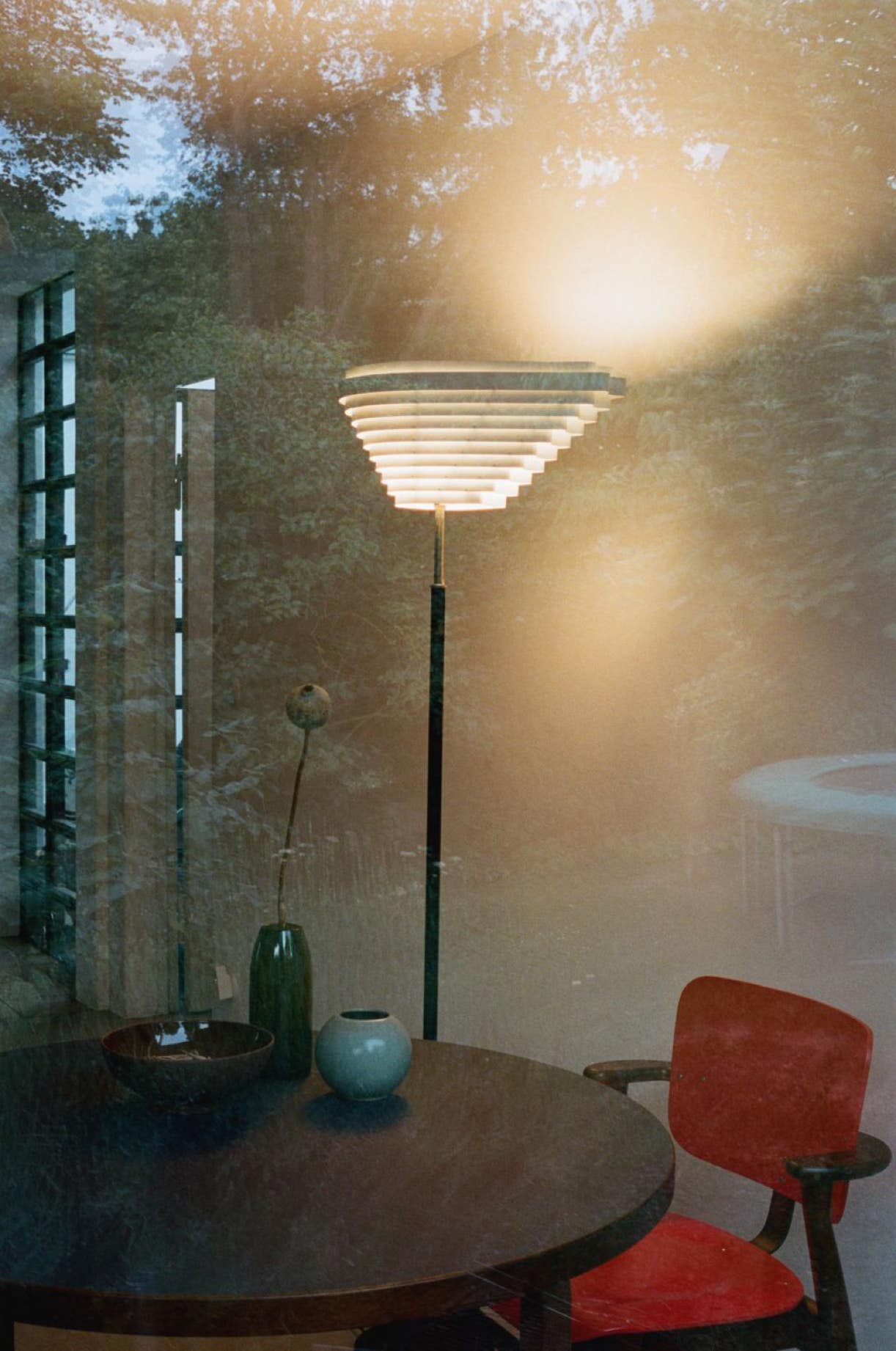
Experiment with sources – Test different light sources to find the ideal intensity and temperature for your particular setting or task. The range of different light bulbs on the market can seem overwhelming, but always take into account the materials that define your home when selecting your bulbs. If your home is dominated by warm colours and natural materials, bulbs that emit a soft, warm light will be your best choice. If you are surrounded by cool colours and materials, opt for slightly brighter, cooler bulbs. For most applications, we recommend matt LED bulbs with a uniform light that is soft and glare-free.


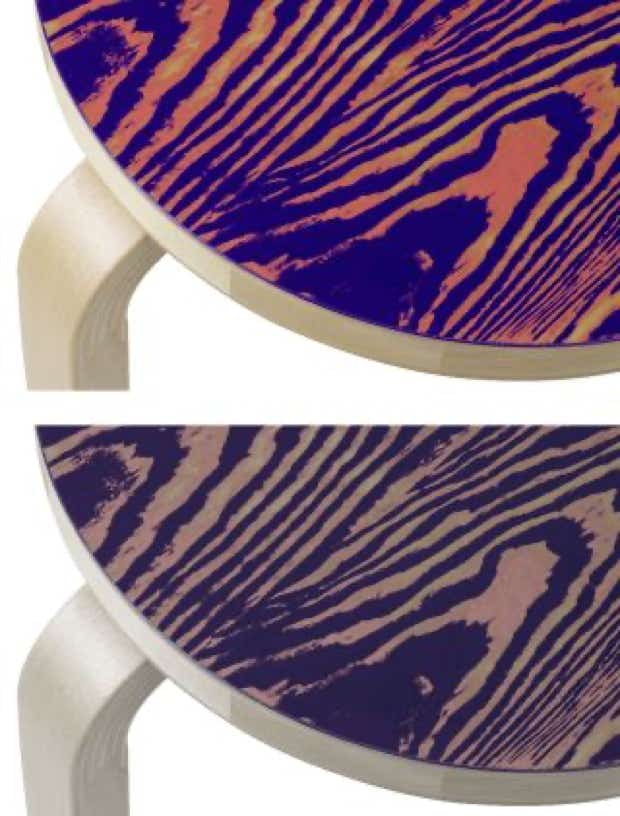
KELVIN (K)
This unit measures the light temperature. The lower the temperature, the warmer the light; higher temperatures produce colder, more neutral light. Go for 2700–3300 K for a cosy atmosphere, and 3300–4000 K to create a relaxed everyday feel in your home. Light temperatures above 4500 K produce a very crisp and cool light that is closer to bright daylight, but this rarely feels appropriate in a residential setting.
LUMEN (lm)
This is a measurement of intensity, luminous flux – the amount of light emitted by a light source. The more Lumens a source emits, the brighter it is. For reading lights, light bulbs with 400–500 lm should be fine. Most dining table luminaires will feel about right with a bulb that emits 800–1000 lm. For certain tasks, particularly for focused work, it is probably sensible to install bulbs with 1500 lm or more.
COLOUR REPRODUCTION (CRI)
A high degree of CRI in a bulb will show the true colours of objects, and will also generate a natural feeling ambience. When possible, use bulbs with a CRI above 90.
Avoid mixing temperatures – It can be beneficial to vary the intensity and character of the light within a defined space. However, you should keep a certain consistency in the temperature of the light – sticking to bulbs with similar temperatures will help create a harmonious ambience. In most circumstances, the direct juxtaposition of warm, neutral and cool lights in one room will create a disagreeable atmosphere.
Control your lights – The ability to dim luminaires gives you more control over a room’s ambience, whether you are performing a particular task or creating a specific mood. When you refurbish your home, consider installing dimmer switches. Also, consider installing sockets that can be controlled by wall switches in key areas – if you have several accent light fittings plugged into your sockets, this will make those lights easier to operate.